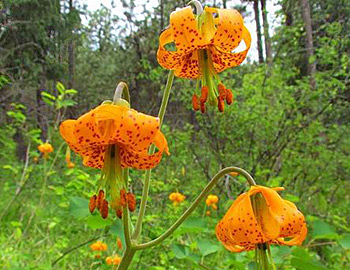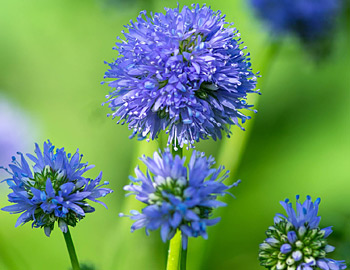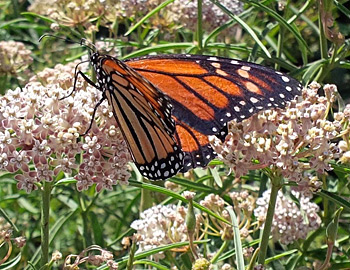ANNUAL SEEDS
ANNUALS
Annual plants germinate, emerge, come into flower, and set seed
and complete their growing cycle in one season or year. By
harvesting the seeds, you can grow them year after year. That's
what differentiates annuals from a biennial, which lives for two
years, and a perennial plant will live for three or more years.
Many perennials require several growing seasons to flower and
produce seed. Perennial plant seed can also be re-sewn in the
landscape. Some key things to know are: stratification and
vernalization. Stratification is the cold requirement that some
seeds may require before they will germinate, vernalization is the
overwinter cold requirement that existing plants must experience
before they will make seed heads.
Ethnobotany
is the study of a region's plants and their practical uses through
the traditional knowledge of a local culture and people. An
ethnobotanist thus strives to document the local customs involving
the practical uses of local flora for many aspects of life, such
as plants as medicines, foods, intoxicants and clothing.
Ethnobotany is investigating plants used by societies in various
parts of the world.
Annual Info & Photos:
 Yellow Monkeyflower:
Mimulus guttatus, grows in all types of wet places; wet ledges and
rock faces, near springs, wet ditches and clearings.
Yellow Monkeyflower:
Mimulus guttatus, grows in all types of wet places; wet ledges and
rock faces, near springs, wet ditches and clearings.
 Large Flowered Collomia:
Collomia grandiflora: likes dry, open, and lightly forested areas.
Large Flowered Collomia:
Collomia grandiflora: likes dry, open, and lightly forested areas.
 Miner's Lettuce:
Claytonia perfoliata: grows in spring-damp and often shady places.
Miner's Lettuce:
Claytonia perfoliata: grows in spring-damp and often shady places.
 Candyflower:
Claytonia sibirica: Grows in moist places in forests, streambanks.
Candyflower:
Claytonia sibirica: Grows in moist places in forests, streambanks.
 Largeleaf Avens:
Geum macrophyllum: Likes mixed forested areas, moist streambanks,
usually at low elevations.
Largeleaf Avens:
Geum macrophyllum: Likes mixed forested areas, moist streambanks,
usually at low elevations.
 Baby Blue Eyes:
Nemophila menziesii var. atomaria, white form with black dots;
BBE prefers full sun and somewhat moist, well-drained soil. They
can be sown in fall or late winter. Plant this beautiful annual in
front borders, scatter in lawns or meadows, mix with bulbs in a
moist rock garden, or use as a filler in containers. Grows in
spring-moist flats at low elevations. (Available 2022)
Baby Blue Eyes:
Nemophila menziesii var. atomaria, white form with black dots;
BBE prefers full sun and somewhat moist, well-drained soil. They
can be sown in fall or late winter. Plant this beautiful annual in
front borders, scatter in lawns or meadows, mix with bulbs in a
moist rock garden, or use as a filler in containers. Grows in
spring-moist flats at low elevations. (Available 2022)





